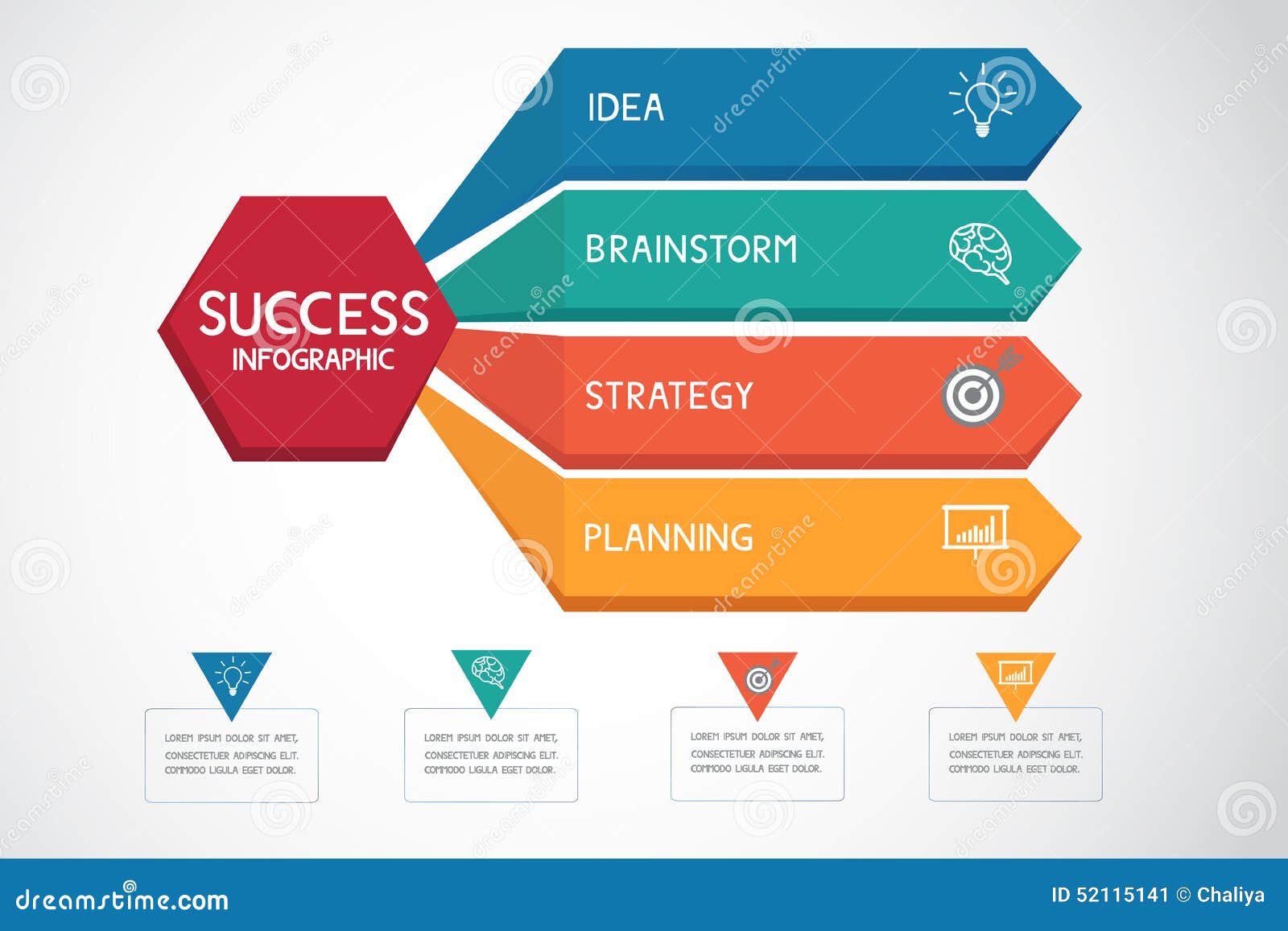Web Site Design: A Trip Via Time.From Humble Starts To Modern Marvels, Website Layout Has Actually Undertaken A Significant Transformation For Many Years
Web Site Design: A Trip Via Time.From Humble Starts To Modern Marvels, Website Layout Has Actually Undertaken A Significant Transformation For Many Years
Blog Article
Content By-Jonasson Bowles
In the past, sites were straightforward and concentrated on info. Navigating was straight, and style was for desktop computers. Currently, https://www.northbaybusinessjournal.com/article/opinion/are-you-helping-your-local-customers-find-your-business-in-web-searches/ is essential. Data overviews designs for simple navigating. Responsive layouts fit different devices. Today, dark mode decreases strain, and minimalist menus boost navigation. Interactive features engage individuals, and vibrant visuals stick out. AI integration boosts interaction. See exactly how design has actually progressed to boost your online trip.
Very Early Days of Web Design
In the very early days of web design, simplicity preponderated. Internet sites were basic, with limited colors, typefaces, and designs. The emphasis got on giving details rather than showy visuals. Individuals accessed the web with sluggish dial-up links, so speed and functionality were crucial.
Navigation food selections were straightforward, generally located at the top or side of the web page. Web sites were created for computer, as mobile surfing had not been yet prevalent. Content was king, and designers focused on very easy readability over complicated style components.
HTML was the key coding language used, and developers had to function within its restrictions. Animations and interactive features were marginal contrasted to today's requirements. Internet sites were fixed, with little vibrant material or customized individual experiences.
Increase of User-Focused Layout
With the development of web site design, a change towards user-focused design concepts has actually become progressively famous. Today, producing internet sites that prioritize customer experience is essential for engaging site visitors and attaining organization goals. User-focused design entails comprehending the needs, preferences, and habits of your target market to customize the site's format, web content, and features accordingly.
Designers currently carry out detailed research, such as user studies and functionality screening, to collect insights and comments directly from customers. This data-driven approach aids in producing instinctive navigating, clear calls-to-action, and aesthetically enticing interfaces that resonate with site visitors. By positioning the user at the center of the layout procedure, websites can deliver an extra tailored and pleasurable experience.
Receptive layout has actually also emerged as a vital aspect of user-focused design, making sure that sites are optimized for numerous tools and display dimensions. This flexibility boosts availability and use, accommodating the diverse methods customers interact with sites today. In essence, the increase of user-focused design symbolizes a shift in the direction of producing digital experiences that prioritize the demands and expectations of the end user.
Modern Trends in Web Design
Explore the current patterns shaping web design today. https://emilioajqxc.blogolenta.com/26790747/recognizing-regional-search-engine-optimization-important-details-for-local-business-owners is dark setting style, offering a streamlined and contemporary appearance while decreasing eye stress in low-light environments. One more essential pattern is minimal navigating, simplifying menus and enhancing customer experience by concentrating on essential elements. Including minimalist website design -interactions, such as animated buttons or scrolling effects, can develop a much more engaging and interactive internet site. Receptive style remains crucial, ensuring smooth customer experiences across different gadgets. Furthermore, using vibrant typography and unbalanced layouts can include visual rate of interest and draw attention to particular content.
Integrating AI modern technology, like chatbots for customer assistance or tailored suggestions, enhances user interaction and enhances procedures. Accessibility has likewise come to be a considerable trend, with developers prioritizing comprehensive style techniques to satisfy varied user requirements. Welcoming sustainability by enhancing website performance for rate and performance is another emerging pattern in web design. Teaming up with individual feedback and data analytics to iterate and boost design continuously is crucial for remaining appropriate in the ever-evolving digital landscape. By accepting these modern fads, you can develop an aesthetically appealing, straightforward internet site that resonates with your target market.
Conclusion
As you reflect on the advancement of web site design from the early days to currently, you can see exactly how user-focused style has actually come to be the driving pressure behind modern-day patterns.
Welcome the journey of modification and adaptation in web design, always keeping the customer experience at the leading edge.
Stay current with the latest patterns and technologies, and never ever quit advancing your method to create visually spectacular and user-friendly websites.
Advance, adapt, and create - the future of website design remains in your hands.
